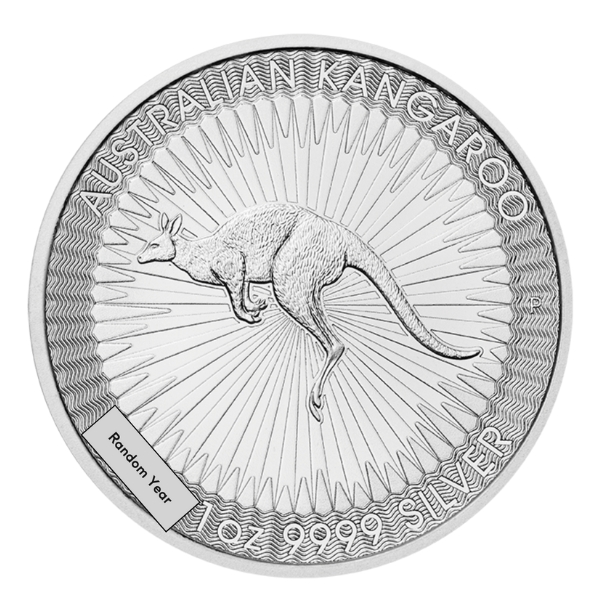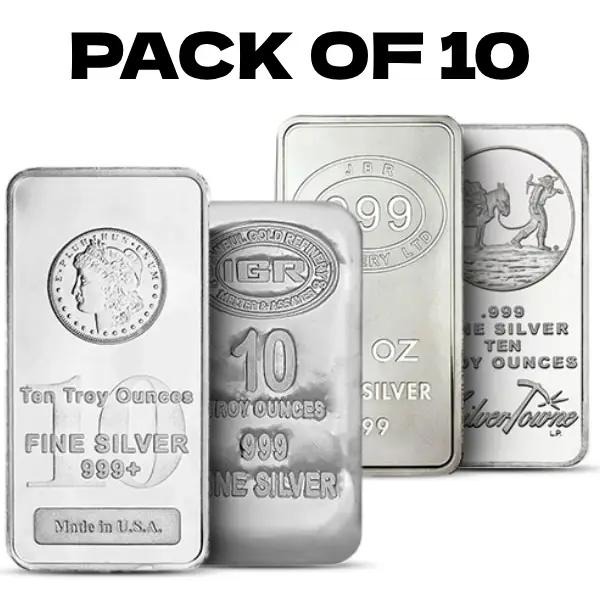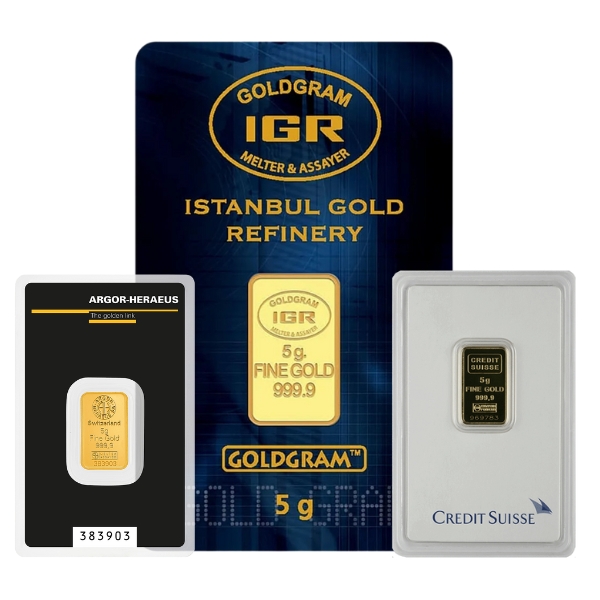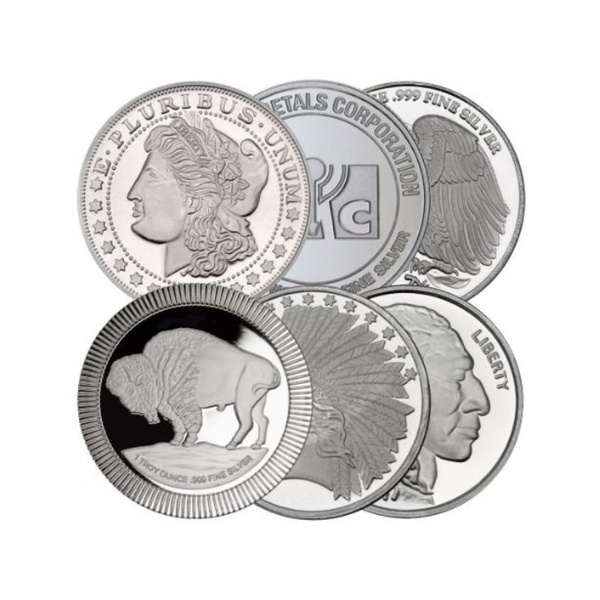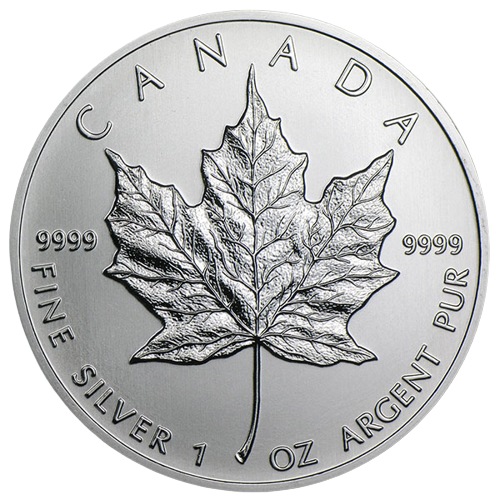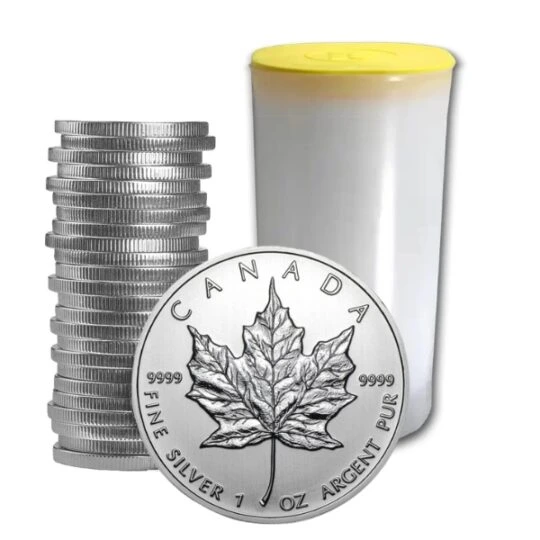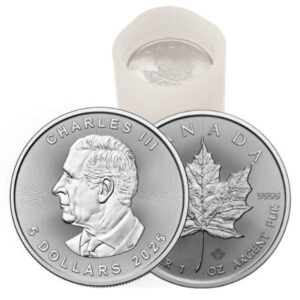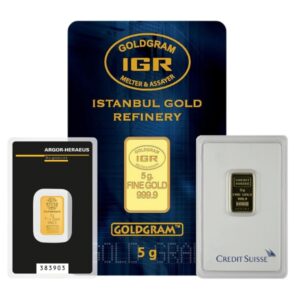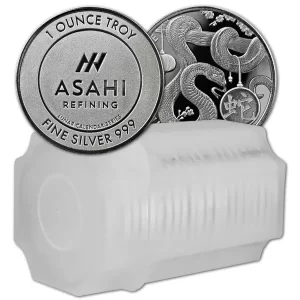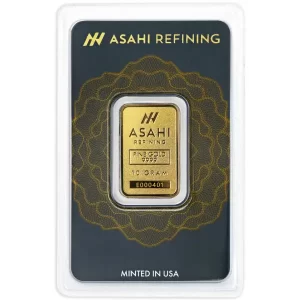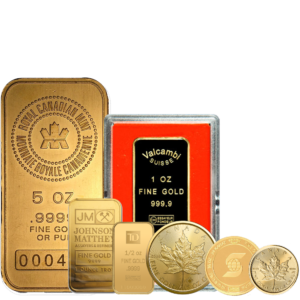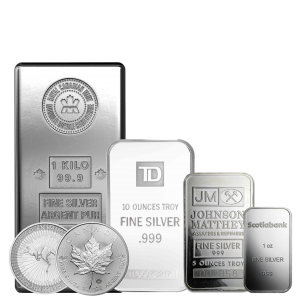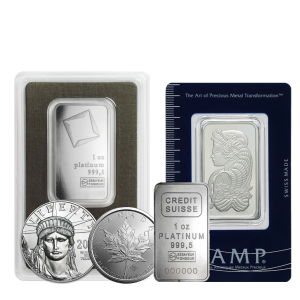As geopolitics intensify, investors typically migrate towards gold as a safe bet—and neither is this latest escalation between Iran and Israel exempt. As things came to a head in mid-2025, international markets witnessed a surge in the prices of gold, once again solidifying its position as a safe-haven asset amidst times of unpredictability.
A Surge Fueled by Fear
Due to attacks by Israelis on Iranian targets and growing fears of a large Middle East war, gold spiked sharply. It even reached near all-time high levels in a couple of markets. This was a knee-jerk reaction to Middle East stability fears and investors seeking safe heavens.
Whenever these kinds of anxieties rise, gold does well—because, unlike a stock or a currency, gold is not tied to a government or economy. It holds value even as all else appears doubtful.
What Is Driving That Rise?
There are several key factors pushing gold higher today:
Safe-Haven Demand: With rising anxiety in the region, investors are pulling money out of riskier assets and putting it in gold.
Oil price spike: Iran-Israel conflict threatens major shipping routes for oil. Rising oil prices have a tendency to stoke inflation, which makes a hedge in gold more attractive.
Rate Cut Speculation: As economic growth in America and other nations has eased, there is growing speculation that central banks would lower interest rates. With lower interest rates, the opportunity cost of owning gold falls as well, making it a more attractive asset.
Short-Term Volatility, Long-Term Potential
Prices of gold are not in a straight line—up and down have taken place. After attaining recent high levels, transient falls were induced by a bit of short-term profit-taking. But overall perspective is bullish.
The future direction of gold from here is reliant on two key factors:
Whether Iran–Israel relations worsen or continue on a course of de-escalation.
What central banks like the U.S. Federal Reserve decide to do next with interest rates.
If tensions continue and interest rates are kept low or fall, without difficulty, gold would continue its rise. If fears abate or inflation falls, or both, markets would settle or withdraw briefly.
What Do Analysts Say?
Analysts across the board are overwhelmingly bullish on gold:
Others foresee gold hitting $3,700-$4,000 in a year or two, especially should central banks start cutting rates and risks from geopolitics persist.
Others warn that should Iran–Israel tensions subside in a short period, gold could experience near-term resistance and fall back to around the $3,000–$3,200 range.
However, the long term is still solid due to continuous central buying, fears of inflation, and global uncertainties.
What This Means for AU Bullion Customers
If you’re a gold investor–or contemplating a foray into it–this is a moment that is important to pay attention to. Recall:
- Short Term Uncertainty: If it falls just a little bit, it’s a good time now to buy.
- Medium-Term Trends: Carefully watch worldwide central bank action—cuts in rates should be positive for gold.
- Long-Term View: Gold remains an excellent hedge in any diversified portfolio, especially in times of global unrest.
- Seek out Pullbacks: Markets may briefly cool during peace talks; however, the long-term outlook is still poised with high demand.
Concluding Thoughts
The Middle East war between Iran and Israel has again brought out the value of gold as a safe store of wealth. Political risks are on the up, inflation fears mount, and central banks are revisiting monetary policies, making gold a standout investment option. We’re closely following international events and trends in the gold markets as they happen, in order for our clients to be as well-informed as possible in making decisions. No matter whether you’re a veteran investor or beginning your precious metals journey, it’s time to be vigilant and take a closer look at how your portfolio can be protected using gold.
 Hi,
Hi,

